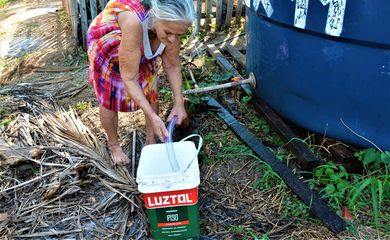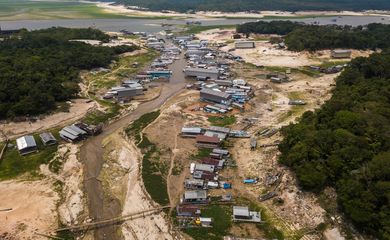Rivers in the Amazon see levels below historical average

A month before the most critical period of drought arrives—usually in September—the rivers in the Amazon region recorded record-low levels in August. According to the Management and Operational Center of the Amazon Protection System—Censipam, an agency linked to the Ministry of Defense—the Solimões river is three meters below the average for this time of year, and some of its tributaries—like the Madeira and Acre rivers—have seen levels close to historic lows.

Even though rainfall is below the average expected for this time in much of the Amazon, Censipam analyst Flávio Altieri noted, it is too early to say that the drought will be the most intense on record in the region.
“The hydrological conditions of the main rivers are overall worse than those observed in 2023—the year marked by the worst drought in the Amazon. Forecasts indicate there are no signs of better rainfall over the coming months. However, due to the region’s vast extension and diversity, we cannot guarantee that the 2024 drought will be any more severe.”
According to the specialist, an extreme drought is now being confirmed, currently at the penultimate level of severity on the five-stage scale used to gauge the phenomenon. At this point, widespread water shortages and major crop losses are expected.
“Through its hydrological forecasts released in June during the pre-drought event, Censipam had already warned that the Amazon would face a drought in in 2024 similar to that of 2023,” he said.
With the low levels, he went on to say, traditional communities that depend on rivers as access routes are the most affected. “These people face challenges aggravated by the lack of food and drinking water, not to mention difficulties in accessing essential services, like health care and education,” he pointed out.
A meeting of ministers and governors of the Amazon region held on Wednesday afternoon (Aug. 21) at the Planalto presidential palace focused on measures to mitigate the impacts of the drought in North Brazil. During the assembly, the Ministry of Integration and Regional Development reported it had on Tuesday (20) approved the transfer of BRL 11.7 million for civil defense actions in the states of Amazonas and Roraima and also recognized the emergency situation in 53 municipalities in Acre, Amazonas, Roraima, and Rondônia.




